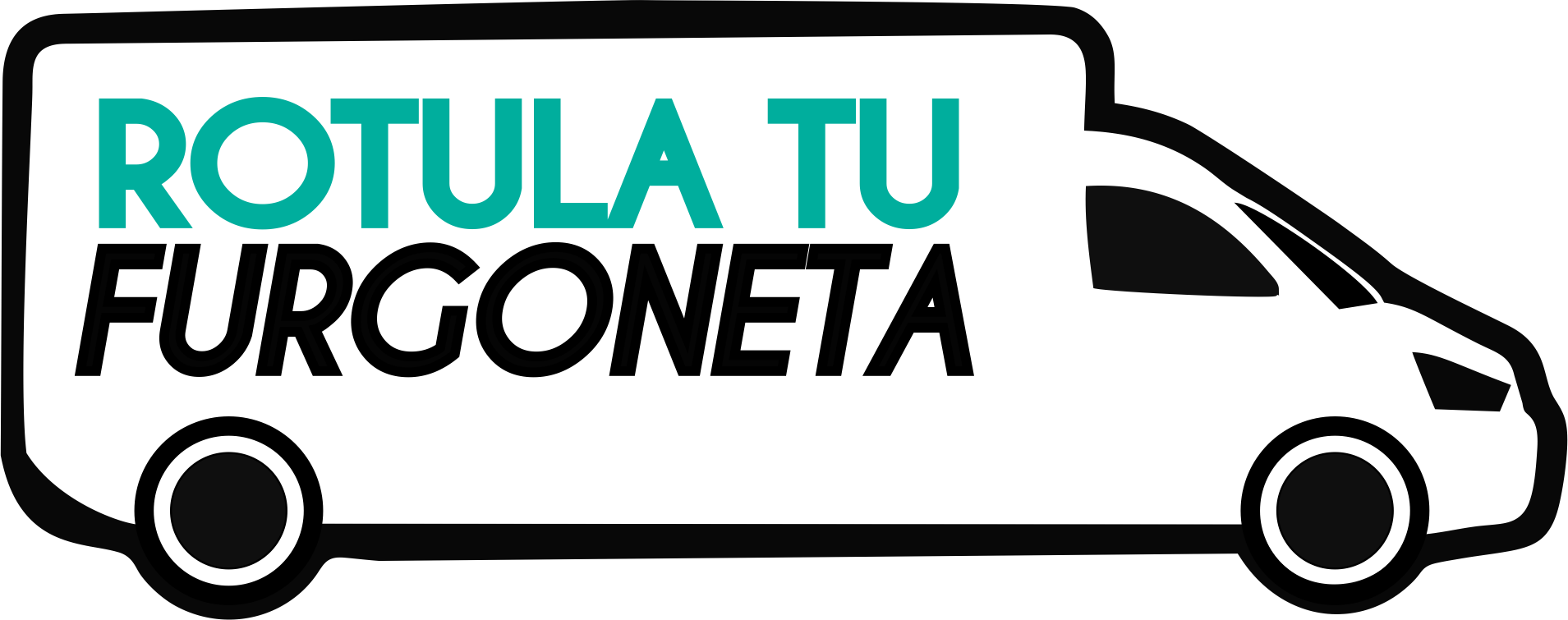It starts with communication — keeping your team informed about updates and changes. This stage is important to the overall decision making processes as a decision will be made from a selection of fixed choices. Root Cause Analysis is a method for identifying the underlying causes of a problem or decision situation. It involves asking “why” repeatedly to trace back the chain of events and factors contributing to the issue, thus enabling targeted solutions. MCDA involves systematically evaluating alternatives based on multiple criteria or factors. It provides a structured approach to compare and rank options, considering different dimensions such as cost, time, quality, and sustainability.
By defining roles, the DACI framework brings clarity, aligns the team toward the common goal, and ensures the decision-making process is efficient, reducing delays and miscommunication. The driver is probably doing the most documentation and communication of anyone involved in the decision-making process. The driver is not the only one doing work, but they are the person ensuring progress doesn’t stall and that any next steps are clear to everyone else involved.
SWOT Analysis
From deciding what to wear to determining the best marketing strategy for a product launch, the essence of decision-making is everywhere. Understanding how to effectively make decisions, then, becomes a vital skill. Consider, for example, the case of a multinational tech company launching a new product. A large team consisting of designers, developers, marketers, and strategists need to collaborate on the product’s creation, launch, and post-launch support.

Your intuition or ‘gut feeling’ is a strong indicator of whether the decision is right for you and fits with your values. Some organisations have a formal process that is required at this stage, including a financial assessment, so check beforehand if you are making a decision at work. You therefore need up-to-date, accurate information on which to make decisions. It is important to create a forum where stakeholders have the opportunity to engage in a collaborative discussion. Values permeate everything we do and sometimes these values come into conflict.
What is the DACI decision-making framework? Examples, template
Biases might be rooted in prior experiences, but that doesn’t inherently mean that they are grounded in facts. In many cases, avoiding biases is also key to making an ethical decision since biases can sometimes cause you to mistreat certain people and their ideas. Given that only 20% of team members say that their organization excels at decision-making, most organizations and team leaders have a lot of room to improve in this area.
However, the amount of time spent on information-gathering has to be weighed against how much you are willing to risk making the wrong decision. In a group situation, such as at work, it may be appropriate for different people to research different aspects of the information required. For example, different people might be allocated to concentrate their research on costs, facilities, availability, and so on. This idea of responsibility also highlights the need to keep a record of how any decision was made, what information it was based on and who was involved. This is a key question because the degree to which responsibility for a decision is shared can greatly influence how much risk people are willing to take.
Decision-Making Framework for a Company
From prediction algorithms to military planning, we use decision trees to create a bird’s eye view of the ramifications of our decisions. I list this here because I’ve lost count of how many times I had to create a Golden Circle of my own to drive decision-making. When you have to pick from multiple options at the table, it’s often just a matter of thinking about why you need to make that decision in the first place.
Interestingly, Drucker’s classification system focused on how generic or exceptional the problem was, as opposed to questions about the decision’s magnitude, potential for delegation, or cross-cutting nature. That’s not because Drucker was blind to these issues; in other writing, he strongly advocated decentralizing and delegating decision making to the degree possible. We’d argue, though, that today’s organizational complexity and rapid-fire digital communications have created considerably more ambiguity about decision-making authority than was prevalent 50 years ago. That’s why the path to better decision making need not be long and complicated. It’s simply a matter of untangling the crossed web of accountability, one decision at a time.
Implementing the DACI framework in such a scenario can ensure that everyone knows their roles and responsibilities and that decisions are made efficiently and effectively. In today’s world, there is the added complexity that many decisions (or parts of them) can be “delegated” to smart algorithms enabled by artificial intelligence. Big-bet decisions often are easy to recognize, but not always (Exhibit 3). decision making framework Sometimes a series of decisions that might appear small in isolation represent a big bet when taken as a whole. None of this is possible, though, if companies aren’t in the habit of isolating major bets and paying them special attention. LogRocket identifies friction points in the user experience so you can make informed decisions about product and design changes that must happen to hit your goals.
- The option “Car” has an issue – long and tiring ride, but it also has a list of advantages and meets most of the Traveler’s critical needs.
- Decision making takes up an inordinate amount of management’s time—up to 70 percent for some executives—which leads to inefficiencies and opportunity costs.
- When a lone individual is responsible for making a decision, they may stall, worrying about the consequences of making the wrong decision.
- Welcome to Productivity Patrol, your go-to destination for all things productivity!
Whatever the framework you chose, remember that they serve you, not the other way around. Be smart and apply some critical thinking to each decision you make even if they were brought up from a solid framework exercise. There are always nuances and variables that are impossible to be captured by tools. Xanax for decision-making resembles a simple chart with the pros and cons of a certain solution but has a slight modification that changes the perspective. Using this decision-making framework, you need to consider each option and list their Benefits, Costs, and Mitigations.

